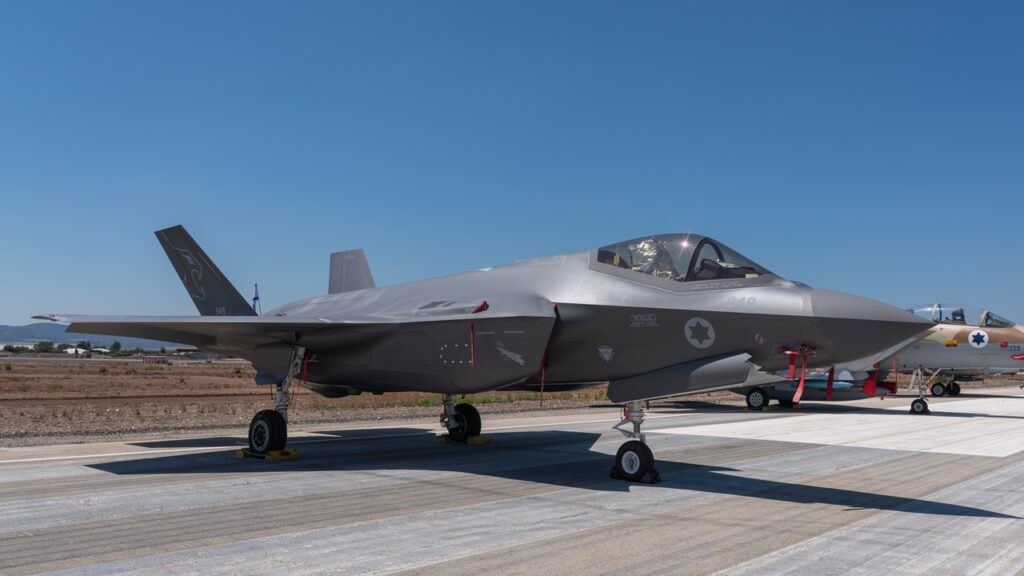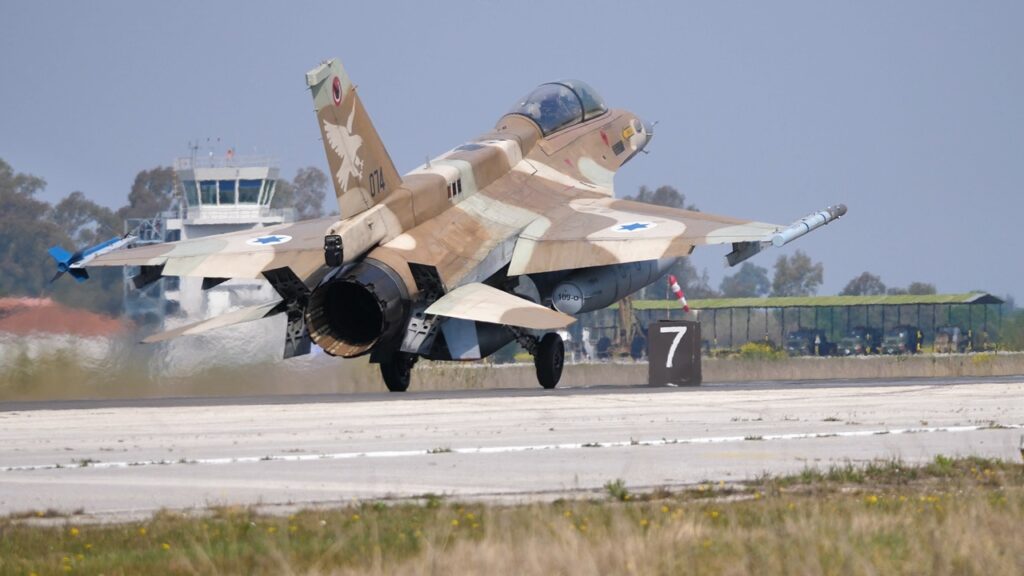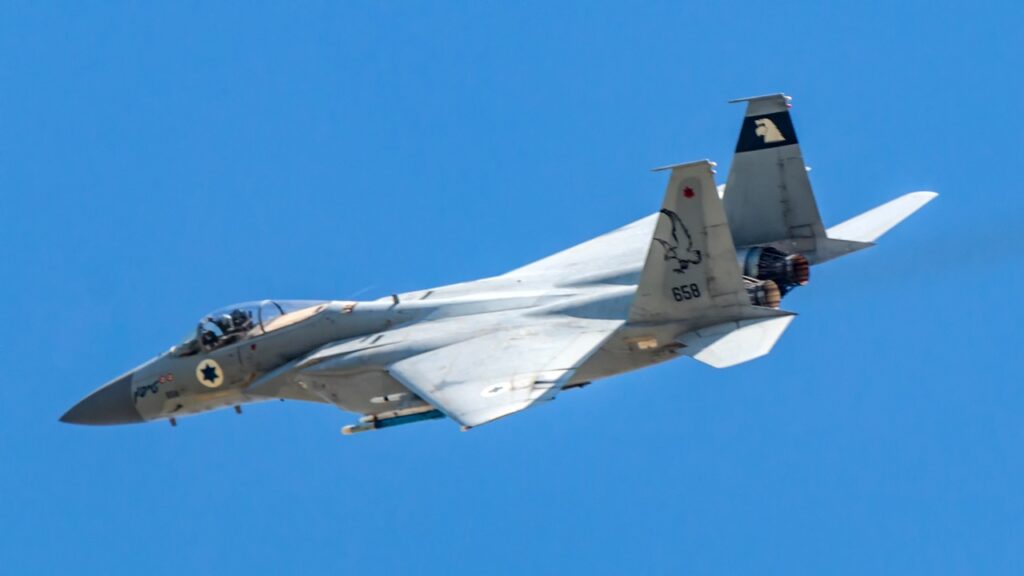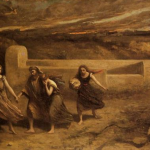The three American-made fighter jets proved their worth on the battlefield, allowing Israel to target Iranian nuclear sites with precision.
In recent airstrikes against Iran, Israel deployed a combination of advanced aircraft, all American-made. The three aircraft involved in the strike were the F-35I Adir, the F-16I Sufa, and the F-15I Ra’am.
The Israeli aircraft were used to devastating effect, as part of “Operation Rising Lion,” which involved over 200 jets. Iranian targets in the attack included Iranian nuclear and military infrastructure.
The F-35I Adir: Israel’s Most Advanced Fighter Jet

The F-35I Adir is a customized variant of the American F-35 Lightning II, specially tailored for the Israeli Air Force (IAF). The Adir features Israeli-developed avionics, electronic warfare systems, and weaponry, enhancing the aircraft’s capabilities in stealth, precision strikes, and electronic warfare.
During Operation Rising Lion, the Adir was instrumental in the targeting of over 100 sites across Iran, including the Natanz uranium enrichment facility, missile production sites, and air-defense systems. The Adir allowed the Israeli air force to penetrate Iranian airspace and disable advanced air-defense systems, such as its S-300 batteries, while minimizing exposure to risk. The Adir speaks to Israel’s strategic emphasis on advanced, stealthy, and precise air power in its military operations.
Israel’s F-16I Sufa Can Strike Deep Inside Iran

The F-16I Sufa is a specially modified variant of the F-16D Block 52, developed for the IAF. Tailored for Israel’s unique strategic and regional needs, the Sufa features significant enhancements in avionics, survivability, range, and weapons integration.
Outfitted with Conformal Fuel Tanks (CFTs), the Sufa can carry extra fuel relative to a standard F-16, without occupying weapons stations, which facilitates deep-strike missions like those conducted during Operation Rising Lion. The Sufa also features customized avionics and mission systems, like the Elbit Systems helmet-mounted display (HMD) and data links, for real-time coordination with other platforms.
During the attack against Iran, the Sufa was used to support the stealthier Adirs by launching electronic attacks and decoys to distract and suppress Iranian air defenses. To avoid entering heavily defended areas, the Sufa deployed standoff munitions. Moreover, the Sufa was able to share targeting and threat data in real time with other aircraft in the battlespace using its networked warfare capabilities, enhancing situational awareness for the entire attack force. The Sufa was also used to deliver precision strikes on secondary and support targets.
The F-15I Ra’am Can Strike Iran’s Best-Fortified Targets

The F-15I Ra’am is a heavily modified version of the F-15E Strike Eagle that has been optimized for long-range precision strikes deep into hostile territory. The Ra’am has been updated with Israeli mission computers, EW systems, and cockpit displays—and has also been equipped with the Elta and Elbit avionics upgrades and helmet-mounted targeting systems.
During Operation Rising Lion, the Ra’am was used to deliver massive payloads for heavy strikes on hardened targets. The Ra’am was also used in follow-up attacks after the Adir made its initial penetrations, and was used in secondary raids on missile depots, logistics hubs, and command-and-control centers. In addition, the Ra’am was used in tandem with Sufa platforms to provide defense suppression and follow-on raids.
In combination, the three US-made but Israeli-modified aircraft proved adept at the mission they were designed to conduct: long-range precision strikes deep inside enemy territory.
About the Author: Harrison Kass
Harrison Kass is a defense and national security writer with over 1,000 total pieces on issues involving global affairs. An attorney, pilot, guitarist, and minor pro hockey player, Harrison joined the US Air Force as a Pilot Trainee but was medically discharged. Harrison holds a BA from Lake Forest College, a JD from the University of Oregon, and an MA from New York University. Harrison listens to Dokken.
Image: Arkadiy Yarmolenko / Shutterstock.com.


















